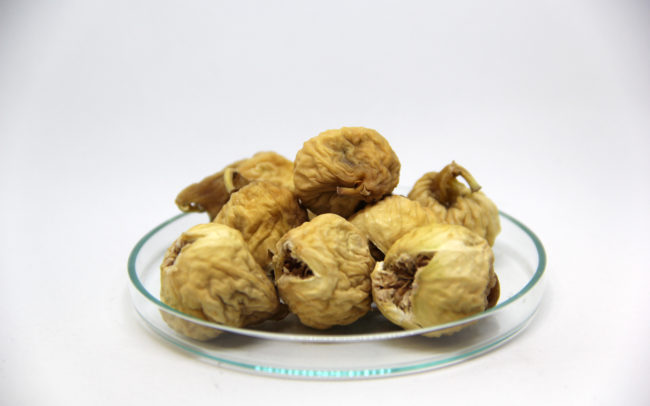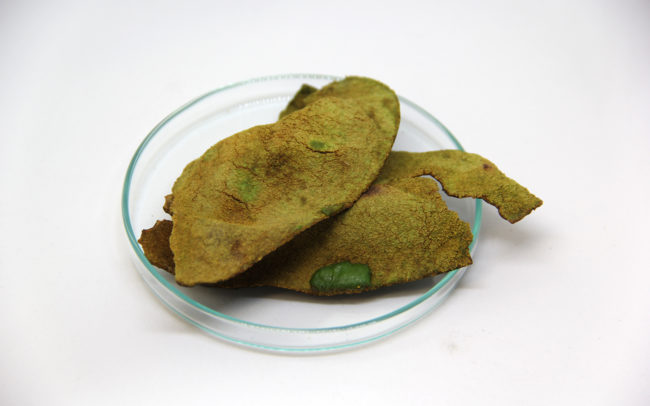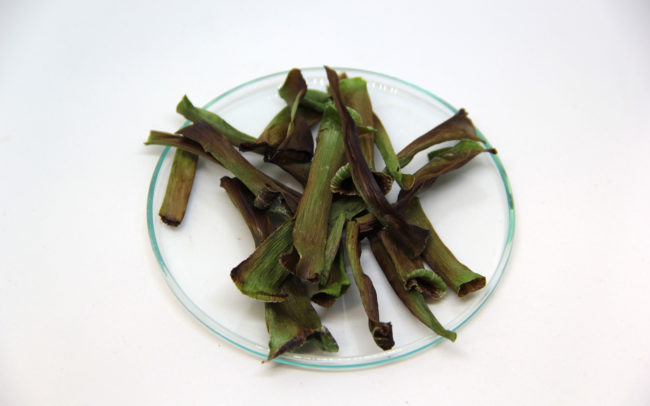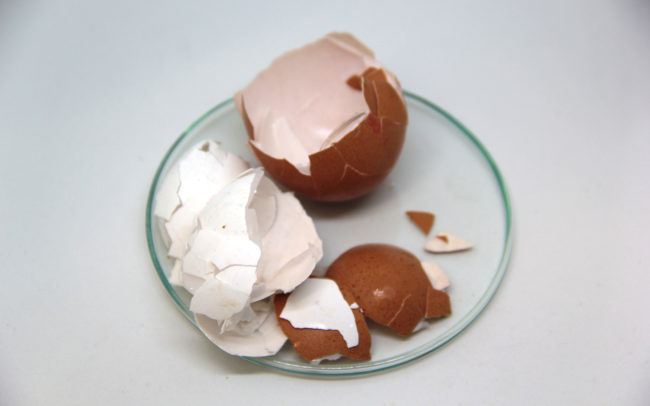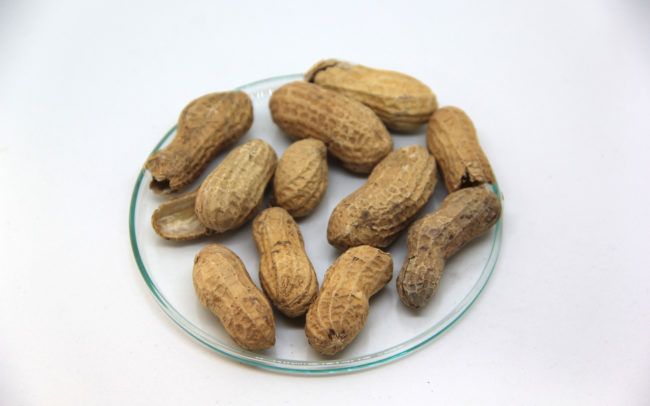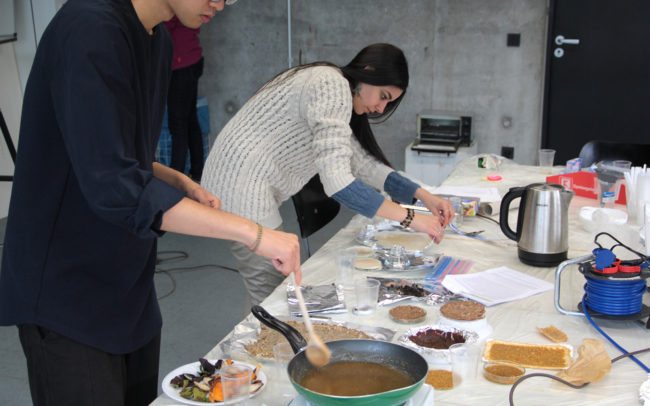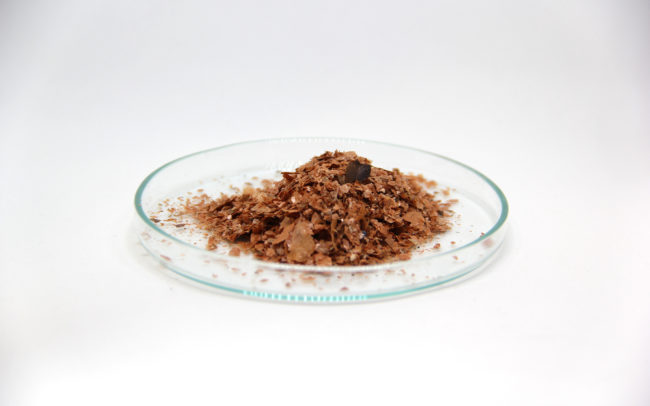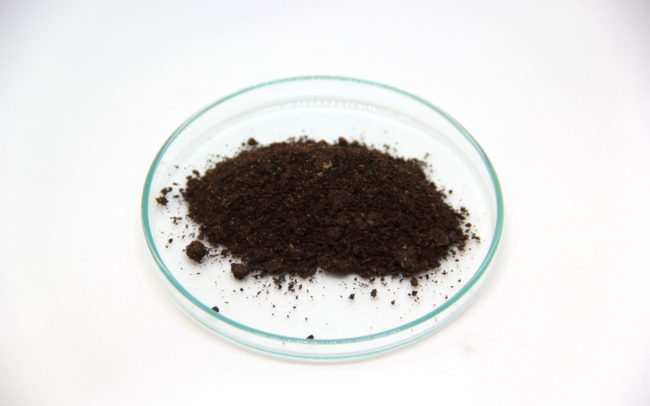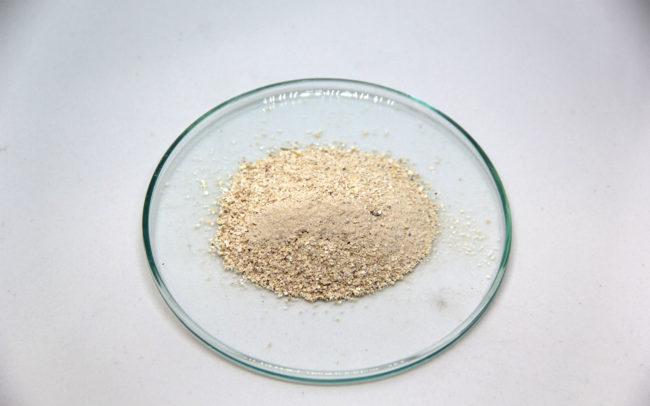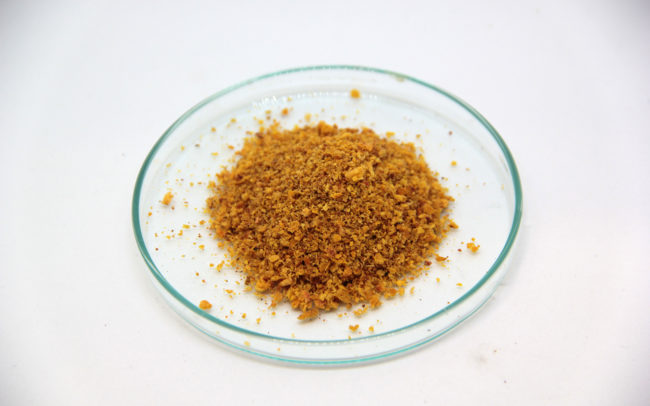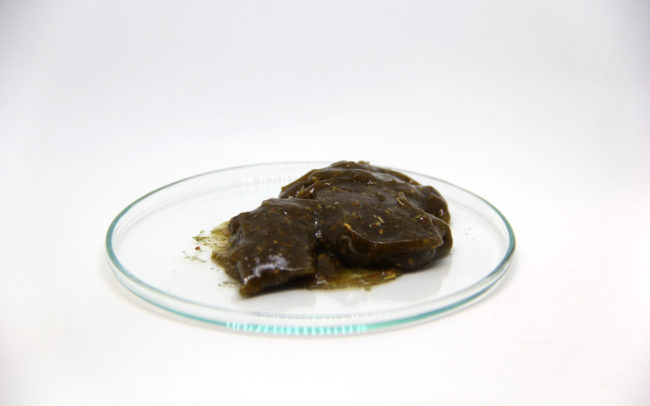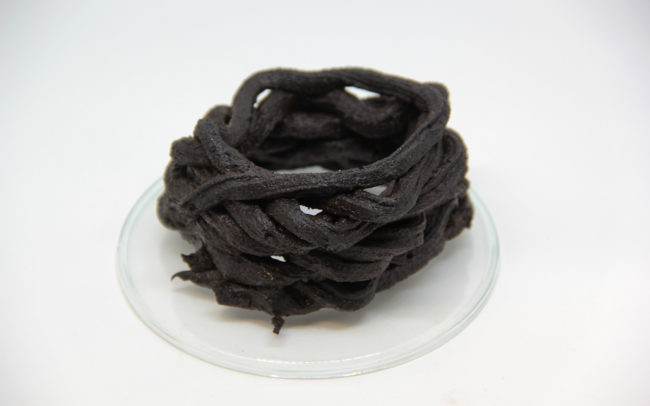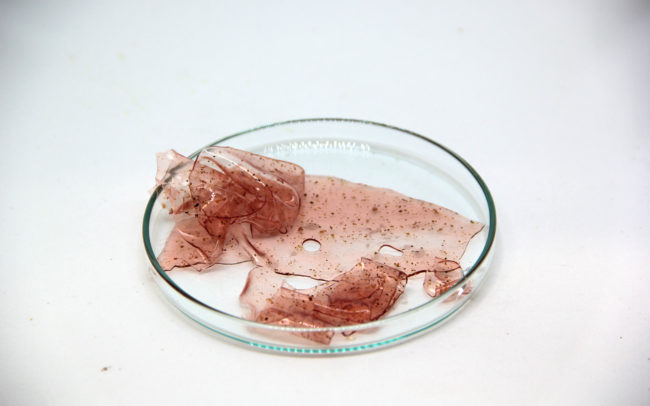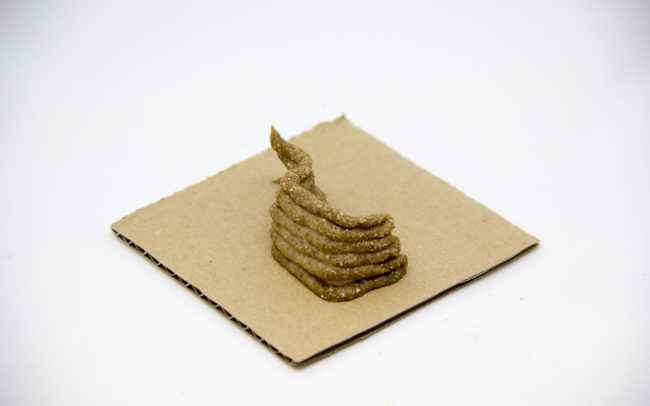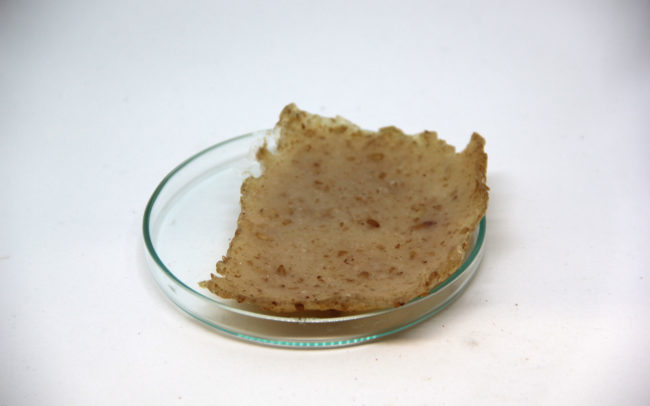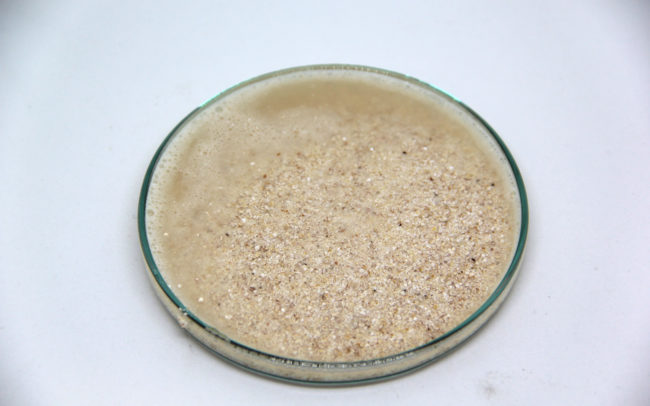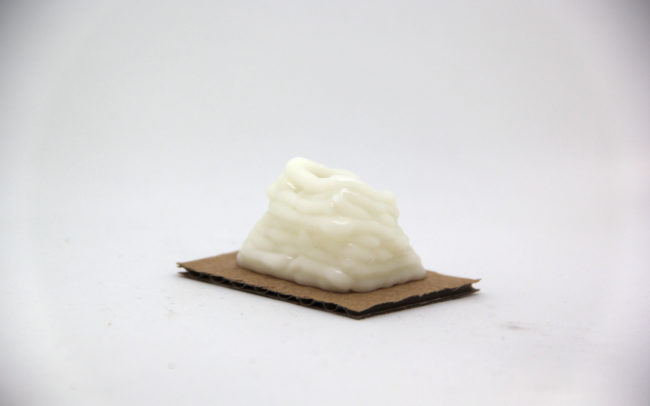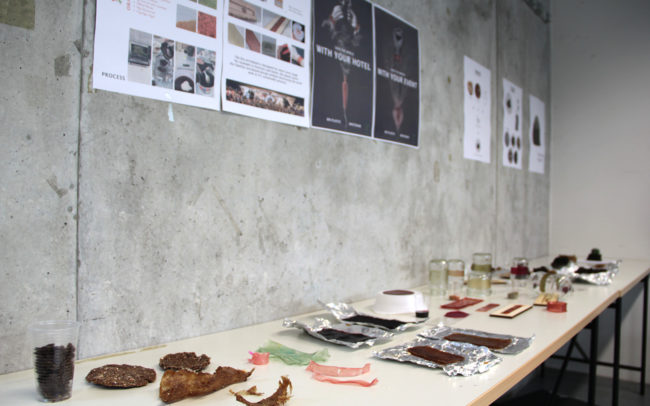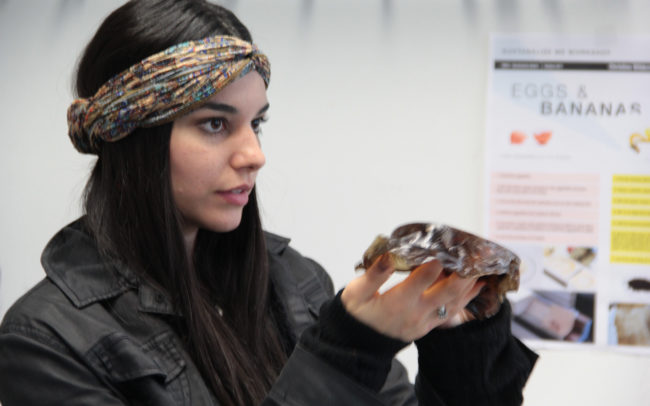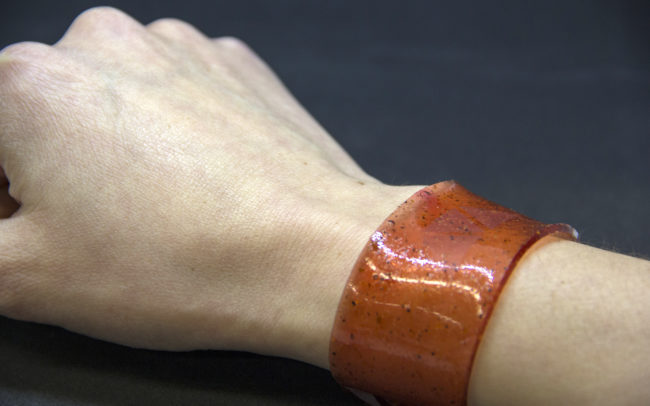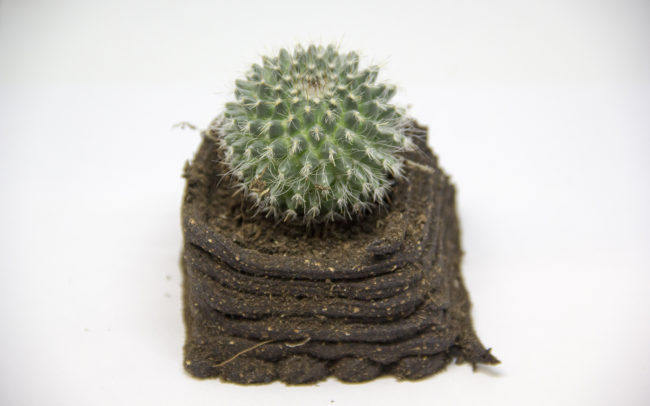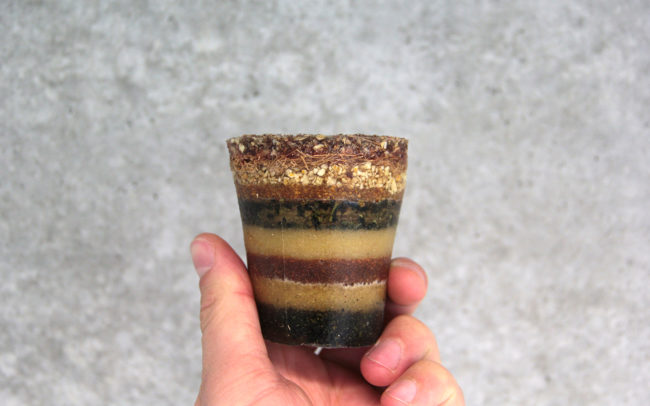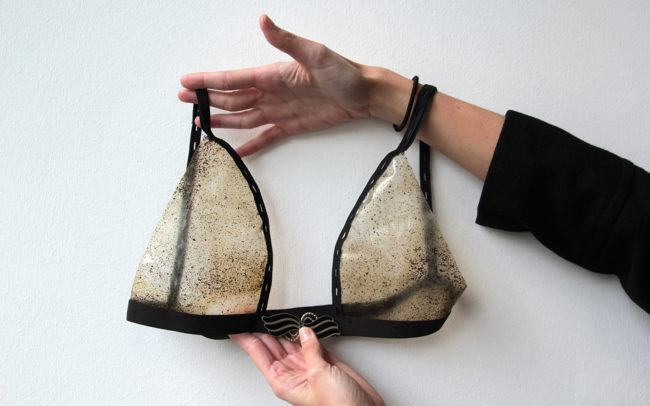making plastic from food waste
Sustainable, ecological, natural, green, organic, healthy and many others are slogans and keywords we’re exposed to on a daily basis. But how sustainable is the content that is being promoted really? And who – after all – can afford sustainability? By 2050 the world population is expected to reach over 10 billion people. The fastest growing and largest populations will be in India, Nigeria, Pakistan, Tanzania, etc. Yet almost 25% of India’s population still has no access to electricity. In Nigeria only 47% are provided with clean water and 30% with proper sanitation facilities. Pakistan’s annual waste production is almost 20 million tons, yet there are no efficient collection systems in place so most garbage ends up filling the streets leading to various related environmental and public health problems. So the terms we seem so familiar with – sustainability, ecology, nature – are in most cases largely related to an ideology of the first world, an ideology of affluence, wealth and capitalism. We worry about putting the trash into the correct trash can because we can afford to worry about it. We buy our food from the organic grocery store because we have access to organic grocery stores. But how sustainable are we really? Would we give up some of our comfort to save the planet? Would we sacrifice anything of what we’re so used to for a more sustainable future? And are these even the questions that we should be asking? Probably not. And most probably that’s also the reason why there are still so few truly ecological alternatives out there. Being sustainable thus shouldn’t be associated with reduction it should instead be linked to improvement, or as Timothy Morton, also known as the philosopher prophet of the Anthropocene, put it after converting his home to wind-generated electricity, which meant that he could produce more energy than he actually needed:
“You think ecologically tuned life means being all efficient and pure. Wrong. It means you can have a disco in every room of your house.”
With that in the back of our heads, understanding ecological design as an improvement, an increase on all fronts, not only a product’s carbon footprint, we want to shift our attention towards plastics. Plastics, whose main areas of application are in the packaging, building and automotive industries, have in recent years become less and less attractive for the design of products, due mainly to their dependence on non-renewable resources, an association with cheapness and a lack of tactile differentiation. But what if we had plastic that wasn’t dependent on fossil fuel? What if we had plastic that wouldn’t need recycling since it can (bio)degrade by itself? And what if we not only had so plenty of that material that we wouldn’t have to worry any longer about where it comes from but what if its properties would also excel those of traditional plastics? What if it would look more interesting, feel more diverse and maybe even smell like something we like?
Various types of food waste that were explored throughout the workshop as plastic additives
Within this workshop we set out to explore the potentials of so-called bioplastics, plastics derived from renewable biomass sources. Due to their biological origin, they are inherently biodegradable, which means that they can easily be broken down into CO2, water, energy and cell mass with the aid of microbes. On top of their ecological advantages to standard plastic they have very interesting optical, tangible and mechanical properties. Following a number of different tutorials we made our own plastics using starch, gelatin, algae, milk etc. While fine-tuning the quantities of the various ingredients we further enhanced our recipes with different types of food waste, creating plastics with very distinctive attributes. Coffee ground has hydrophobic qualities, orange peel increases the material’s tensile strength and banana skin enhances its mechanical properties. In addition to this hands-on material experimentation we looked into a variety of methods for processing the created materials further. Bending, rolling, casting, pressing, molding, folding, stretching, etc. are all techniques to bring the material into a particular form or even function. Yet the goal was not to create the perfect product but instead focus on the creative and experimental process and the possibilities emerging from our self-made materials. In addition to these technical challenges we kept asking ourselves what sustainability can mean today, what its cultural and social implications are and how our results might trigger a larger, deeper discussion on the future of ecological design.
After drying the collected waste it is turned into powder using a grinder
The basic properties of a bioplastic can be varied by adjusting the mixing ratio of polymer and plasticizer, resulting in softer, more flexible or harder, more brittle types of plastic. Additives can provide for ever more complex properties. Usually additives are used to improve a plastic’s processing conditions, increase its stability to oxidation, obtain better impact resistance, increase or decrease its hardness, control the surface tension, facilitate extrusion molding, reduce the cost or increase a plastic’s flame resistance. For bioplastics, whose properties are still generally inferior to petrochemical plastics, additives play an important role, since they can increase the material’s performance and therefore market value. However, just as the polymer itself, the additives need to be biodegradable. This poses not only a challenge but also a great opportunity: Making plastic from food waste
1.3 billion tons of food, is wasted globally every year, according to the United Nations Environment Program (UNEP). The carbon footprint of all that wasted food is estimated at 3.3 billion tons of carbon equivalent. As a solution, a group of scientists at the Italian Institute of Technology (IIT) in Genova, Italy, are working on ways to create bioplastic from food waste. Depending on the source raw material, the properties of the bioplastics can significantly vary. For instance, materials obtained from rice husks are very rigid whereas spinach stems produce a rather soft and stretchable film. The new materials can also inherit the properties of the original plant, meaning parsley plastic could have antioxidant properties, or cinnamon plastic could be antibacterial. The environmental benefit of this technology go beyond developing a more biodegradable plastic since it also recycles plant waste which is otherwise discarded.
Numerous experiments with different recipes and additives
Eventually each group of students developed their own procedure and came up with an environmentally friendly product that could be produced from food-waste-enhanced bioplastic.
This workshop was strongly inspired by a project realized at the Institute for Advanced Architecture of Catalonia and research performed at the Italian Institute of Technology Smart Materials Group.


